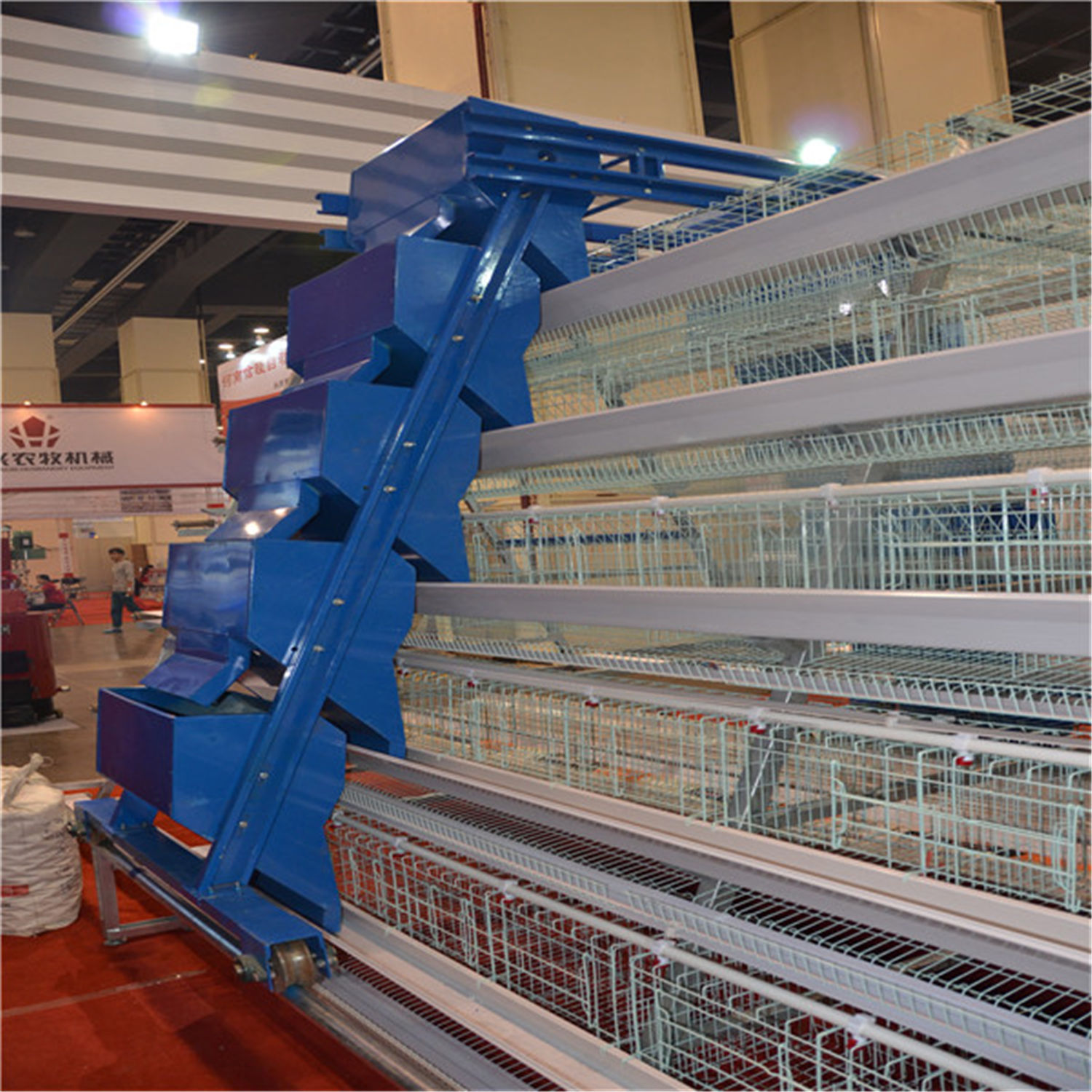The chicken battery cages are all enclosed chicken houses. The farmers must ventilate the chicken houses so that the chickens can breathe fresh air. However, some farmers will have some unreasonable ventilation in the process of ventilating the chicken houses. The phenomenon makes the ventilation of the chicken house not effective. Let’s talk about how to ensure correct ventilation.
1. Ensuring the airtightness of the chicken house: The premise of effective ventilation is that the chicken house must maintain good airtightness, allowing fresh air to enter the chicken house from the side wall vents or the water curtain at the front of the chicken house. Therefore, it is required to check and test the airtightness of each chicken house in the field. For chicken houses with poor airtightness, look for places with serious air leakage to plug them, especially the front and rear doors, manure baffles and water curtains of the chicken houses. . In addition, the longitudinal ventilation system is mainly used during the high temperature period, and the wet curtain cooling system is used.
2. To ensure the matching of chicken flock demand and ventilation in the chicken house and poultry farming cage equipment: Exhaust fans (fans) can be installed in the chicken farms with conditions, and negative pressure ventilation can be used to increase the wind speed in the house, increase the average air flow speed in the house, and accelerate the heat in the house The exhaust to ensure the ventilation effect. When using longitudinal ventilation (especially when using wet curtains), close the two small windows of the chicken house. If the small windows are opened, the wind speed will be unevenly distributed. The wind speed at the wet curtain is 1.5~2.0m. /S, the wind speed on the back of the chicken requires 2~3m/s. The maximum wind speed on the back of the chicken cannot exceed 3m/s. If it exceeds 3m/s, the chicken will only show bad symptoms. In addition. The setting of Ac2000 should follow the concept of first-level fan insulation, second-level fan ventilation, and third and fourth-level fans to reduce the temperature difference. Set the temperature reasonably. The temperature difference between the fans at all levels should not be too large, generally controlled at 2~3℃.
3. The use of air inlets and water curtains should match the fans: the opening size of the air inlets should match the fans, the purpose is to make the chicken house ventilated evenly and effectively, the static pressure in the house is appropriate, and the wind speed of the chicken house is guaranteed. The basis for adjusting the size of the air inlet in the chicken house is mainly determined by the wind speed in the house, but the air inlet must be opened
symmetrically, and the deflector must be installed at the same time, and the angle of the deflector must be parallel to the angle of the roof. The fresh air from the house reaches the middle of the roof of the house, and after being thoroughly mixed, it is evenly blown to the flocks to avoid blowing them directly. The static pressure in the house must be within the standard range and not too high to avoid damage to the ventilation equipment.
4. Create a suitable body temperature: Whether the ventilation management of the chicken house is effective and whether the chickens are comfortable, you should not just look at the temperature displayed by the thermometer and the thermostat. It must be judged according to the body temperature of the chicken and the performance of the chicken: Check whether the flock eating, drinking, singing, and mental state are normal to understand the comfort level of the
flock.
